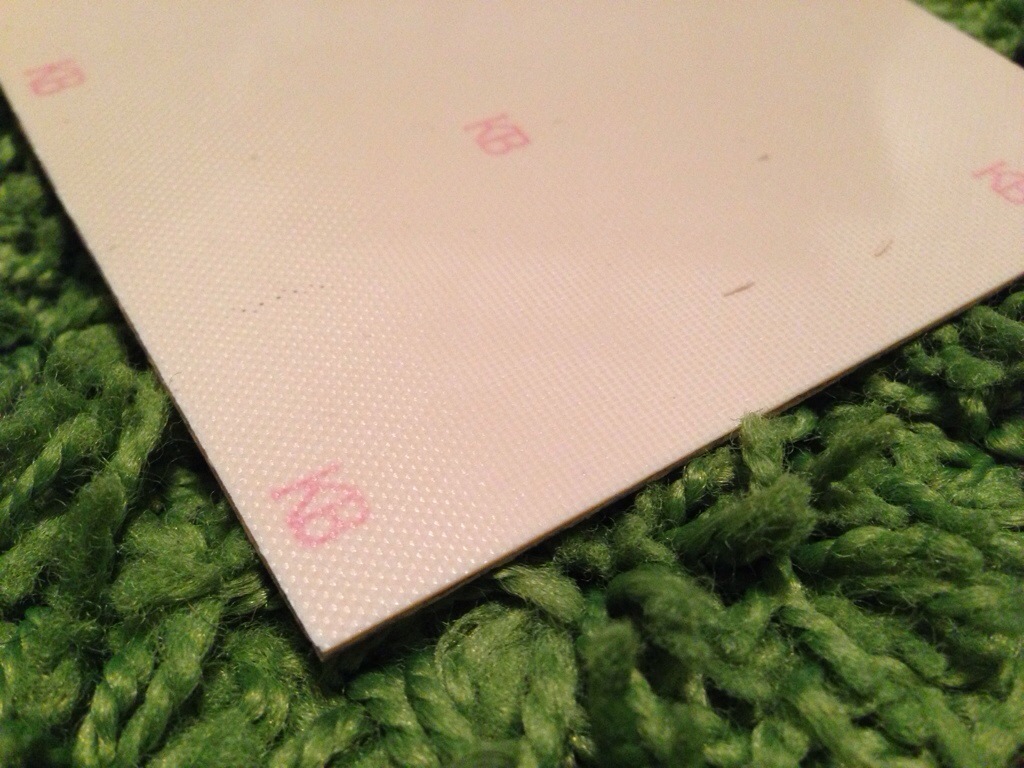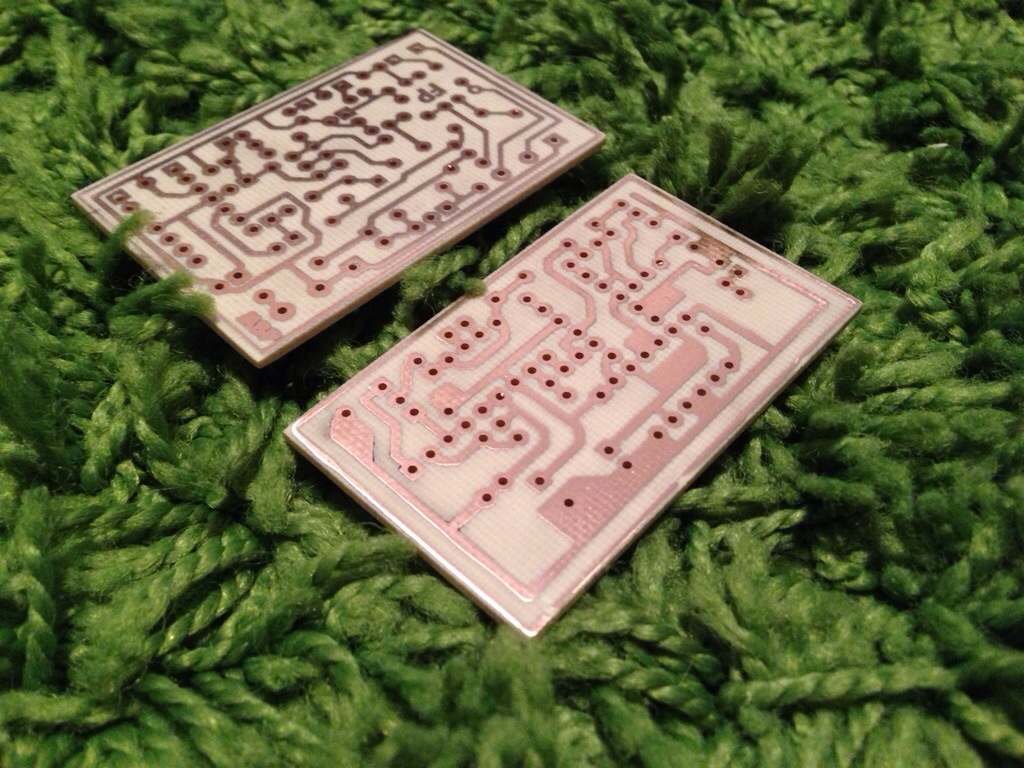I’ll just go through individual parts …
Resistors
RG Keen did an excellent article on Carbon Comp resistors, which is fortunate because I don’t have the equipment to test this. They are capable of introducing resistor distortion at VERY high voltages. This property CANNOT occur in stompboxes. I’m not saying “is likely inaudible” or “maybe a little once in a while.” It is literally impossible to produce this property in a stompbox running on 9, 12, 15, 18, 24, or even 30 volts, which I imagine is every guitar pedal and almost every rack unit ever created.
I did matched resistor replacements one at a time and could not hear a difference except a little added noise. That was good enough for me.
Notice no one claims that carbon film resistors have mojo? Maybe it’s because they just weren’t used during a period of time where people think everything had mojo.
Now you want some REAL mojo, get spendy and find glass resistors. Those things look frigging awesome and are super rare and expensive. I never was able to get enough together for a treble booster, but I really wanted them for an all-glass-and-metal booster.
Capacitors
There’s another RG Keen article where he examined capacitor types and scoped them. This is another thing that only appears when you have enough voltage and bandwidth to produce changes.
Most of the capacitor mojo ends up being applied to guitars, where it is utterly and completely absurd. A lot of multimeters (including mine at home) don’t measure capacitance, and capacitors have horrible tolerances, so it gets particularly laughable when people swap them out in a guitar or something and say, “look, this one sounds so much WARMER” (and man what a stupid word that is). Add to that the fact that the human brain is incapable of remembering a sound for more than 2 seconds (which is surely longer than it took you to switch that cap in your guitar) and it’s <shakes head> time. In particular, because it’s an RC filter, differences between caps become even less noticeable the second the guitar’s tone pot is adjusted.
However, caps really do sound different in the right circumstances. Some electrolytics have less internal resistance, so they actually work better, which can be important for filtering out noise. Ceramics really do introduce distortion when working with enough voltage (not the couple hundred microamps your pickups). Film caps have reliably good performance. Some paper in oil caps really do have the lowest distortion of any other types of caps.
But like resistors, most people building mojo-riffic products, and dare I say it most people building their own stompboxes with mojo parts, get it into their head that some type of capacitor sounds better, so when they go to test it OF COURSE it sounds better, and you will never be able to convince them otherwise, even if you run it through a scope with matched capacitance. Suddenly it’ll become the Emperor’s New Ears, or “the scope isn’t sensitive enough” (!), or something like that.
Transistors
Yes, germanium transistors sound different from off-the-shelf silicon transistors. And I say this as a lover of germanium. But the reason is that they just happen to have some properties (mainly leakage) inherent in their construction. You can fake leakage. You can match the lower gain characteristics (it’s tough getting low-gain silicon, but nothing says that you have to max out the gain on any particular transistor …). There is really only one property of germanium that can’t be faked with a couple extra passives, and that’s temperature drift — a characteristic that we usually take measures to minimize or eliminate!
Germanium transistors ARE useful in that different types might have more of a particular property that you need without needing the extra parts (usually a treble bypass and an adjustment of the positive bias resistor). Use them for that reason. Don’t use them because you think germanium is some magic spice. It isn’t.
Diodes
Let’s all have a nice laugh at Am for tracking down some super rare silicon diode and buying all of them up because they think that forward voltage can’t be matched with other diodes.
Germanium diodes also have leakage, which results in a softer knee. If you want to fake this with schottky diodes, you can use some small amount of resistance in series with the diodes.
Temperature drift is, again, not generally considered a desirable characteristic by anyone.
…
For the most part, mojo is almost entirely about the idea that older components somehow sound better. You can always introduce flaws intentionally. Even a lot of cheap modern parts are made better than older parts, but the high-quality components now are worlds better and more reliable. Every time I see someone posting that the carbon comp resistors are what makes their pedal sound so good I want to ask them if they’re typing their build report on an Apple 2 or a Commodore 64.





